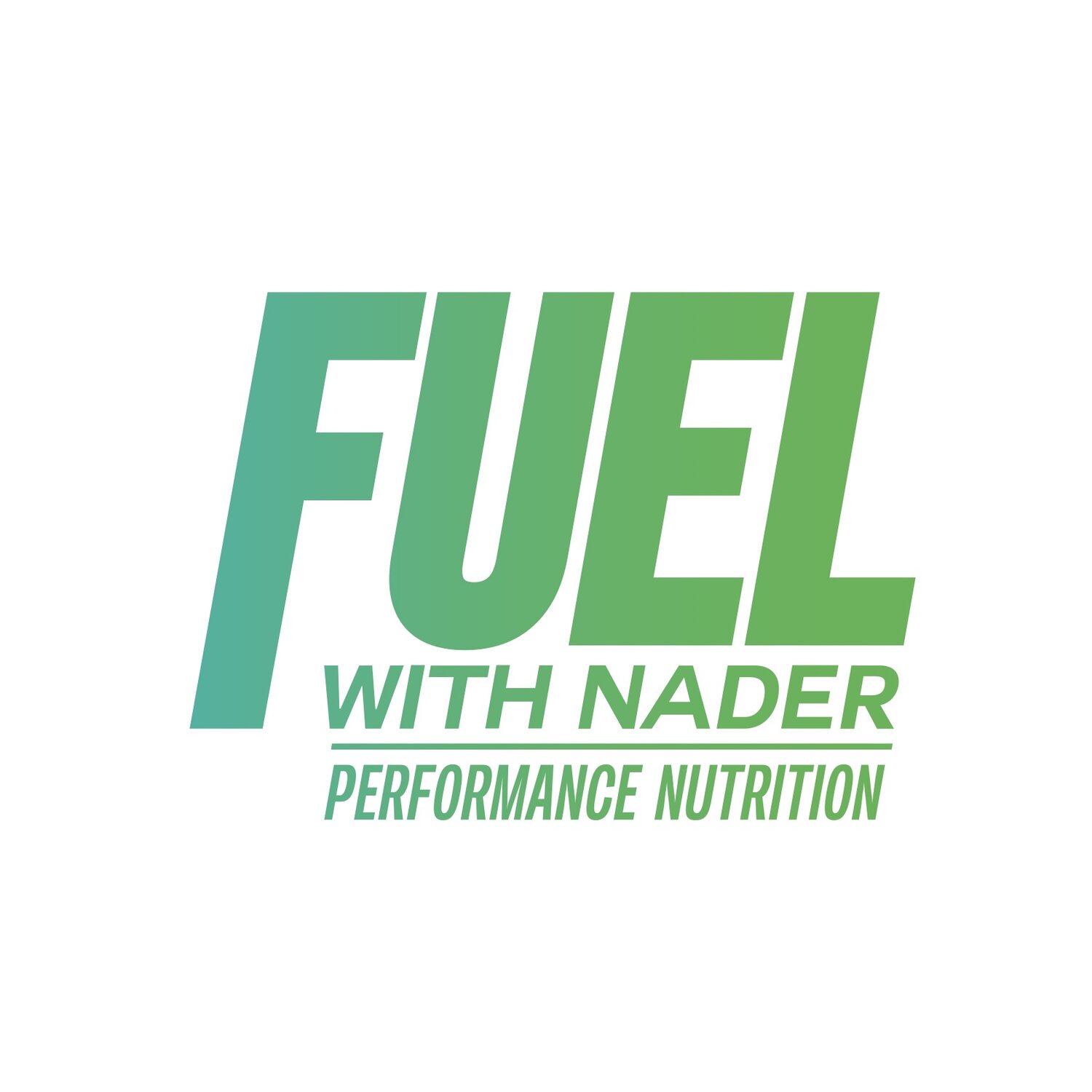Low FODMAP Diet
February is here! Wow, I can’t believe we are only 1 month into 2019. Yes, I said “only” because I felt like January was so long! And I also felt like it was rough. Why? Because of all the diets out there. Seriously, every email, article, Instagram post seemed to be about the latest or greatest diet for your new year’s resolutions. It was overload for anyone who had maybe even a little lack of confidence in their body. Diets can prey on the insecure, the unhappy, and they dissatisfied. Perfect for any marketing/sales people out there. They offer “amazing” results, quick fixes that will change your life, and in the moment, you may feel happy, but the minute that diet challenge is over, you are left empty again. The diet cycle.
It’s a real thing, so I’m here to breakdown all the popular diets out there, because the more your arm yourself with knowledge and understanding of the noise out there, the more confident and happy you will be in your choices and body.
Every week I will breakdown a diet that has effected the athlete community. And this is not a “Good” or “Bad” blogging but more informational. I will breakdown the diet, answering these questions:
What “problem” does the diet solve?
What does the diet consist of?
What does the diet eliminate/restrict?
Is there research behind diet?
Is it beneficial for endurance athletes?
This week I will be breaking down the low FODMAP diet. Now, if you have ever had any GI issues before and Googled diets to help, FODMAP may have come up. But what exactly does FODMAP stand for?
Fermentable
Oligosaccharides [Fructans and galacto-oligosaccarides i.e. wheat, rye, onions, garlic, legumes, and lentils]
Disaccharides [Lactose]
Monosaccharides [Fructose]
and
Polyols [sorbitol, mannitol, artificial sweeteners]
FODMAPs above are carbohydrates that are poorly absorbed in the gut, causing rapid fermentation.
The Low FODMAP diet is a 2-6 week process [short-term only], consisting of elimination of foods high in FODMAPs, then 6-8 week re-introduction phase of single FODMAP foods to determine specific culprits of symptoms like bloating and diarrhea. Then an athlete walks away with an adapted diet.
What “problem” does the Low FODMAP diet solve?
Bloating
Diarrhea
Gas
Abdominal pain
Constipation
Bacteria overgrowth in the small intestine
What does the Low FODMAP diet consist of?
Through supervision of a dietitian, an athlete removes all foods that contain FODMAPs for 2-6 weeks. Foods include certain fruits like overripped bananas and apples, as well as certain beans and lentils. The tricky thing about FODMAPS is that the same food can contain different amounts at different stages of their life. Great example are bananas. Unripe bananas are perfectly fine to eat on a low FODMAP diet, but the minute it become rip, it becomes high in FODMAPs. The amount of a food also depends on what can be consumed and what cannot be eaten. A great example is avocados. At 30 grams, avocados should not cause any GI distress on a low FODMAP diet, but get up to 45 or 80 grams of an avocado, and then you are looking at high amounts of FODMAPs. A great app to see how the amount and specific life of a food falls into this diet is the FODMAP app developed by the Monash University.
Low FODMAP approved foods by Kate Scarlata
What does the FODMAP diet eliminate/restrict?
Basically anything with a FODMAP. Here is the list:
Is there research behind diet?
ABSOLUTELY! So much research has been done on this diet, as it is used as a prescription for diagnoses many people face like IBS. Even recently, a study was done on athletes with IBS symptoms, which have been treated with Gluten-free diets in the past, and found that the short-term introduction of a Low FODMAP diet could benefit athletes without worry of nutritional deficiencies popping up [Lis, D.] Monash University are the experts in this area and continue to do research on the effect of FODMAPs.
Is it beneficial for endurance athletes?
Yes it can be! As athletes, we also are more likely to deal with leaky gut syndrome, which is where the toxins and bacteria leak out of the gut through cracks in the small intestine. This is caused through inflammation in most diseases, but guess what we athletes do to our bodies every single day? We put our bodies through loads of inflammatory exercises, that effects our gut. Since so many athletes deal with these symptoms throughout training or on race day [up to 90% of athletes experience symptoms in ultra endurance], going through a supervised Low FODMAP diet could be greatly beneficial.
Have you dealt with diarrhea, bloating, or any other GI distress in training or on race day? Let’s chat about if Low FODMAP diet might be right for you!
Want to learn more about the Low FODMAP diet? Here are my favorite sources:






